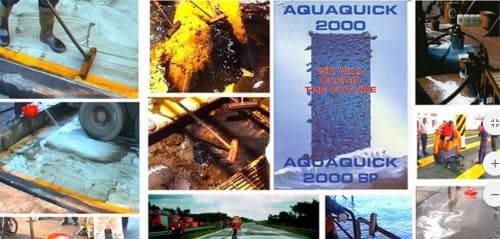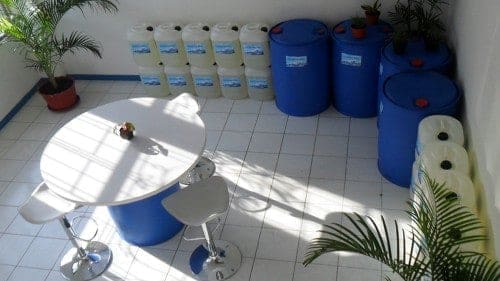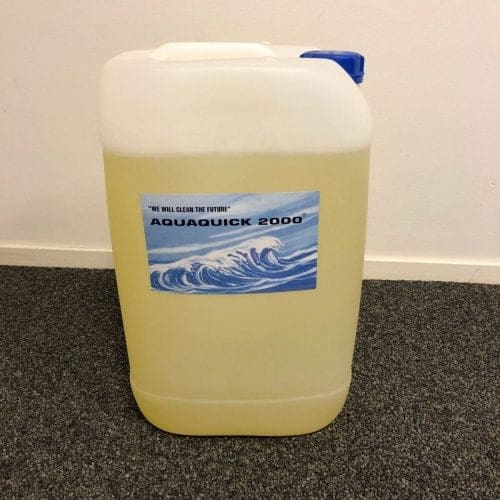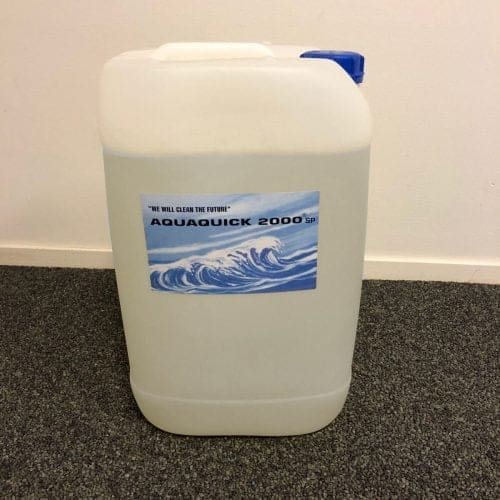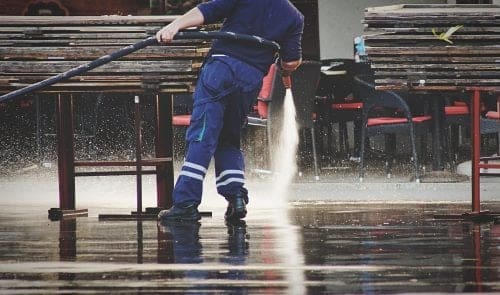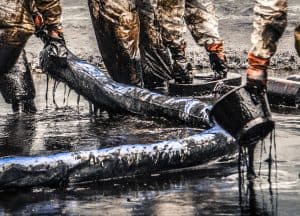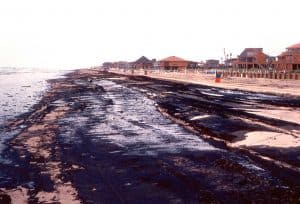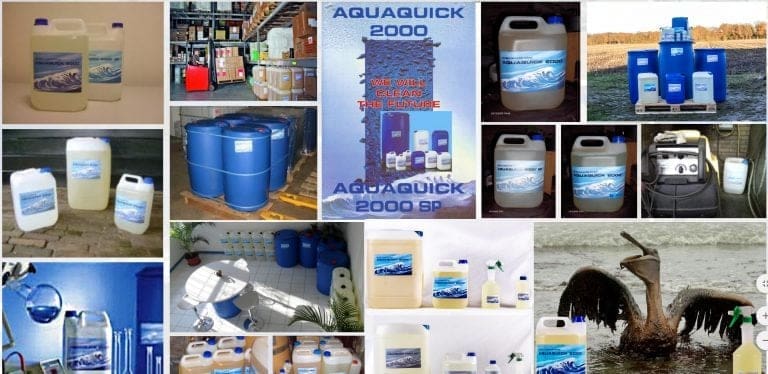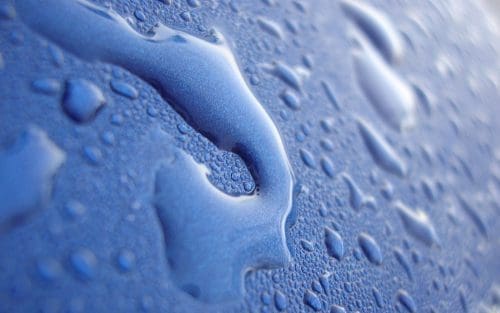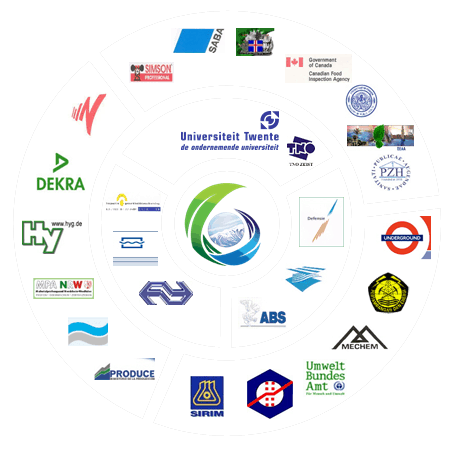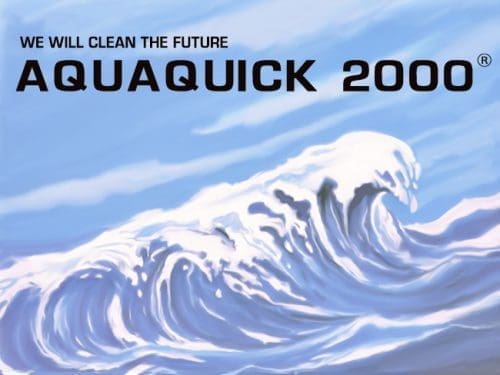Olietanks, of ze nu gebruikt worden in woningen, commerciële of industriële omgevingen, spelen een cruciale rol bij de opslag van brandstof die essentieel is voor verwarming en andere doeleinden. Na verloop van tijd kunnen deze tanks echter vervuild raken met sediment, water en ander vuil, waardoor regelmatige reiniging een essentiële onderhoudstaak wordt.
Inzicht in olietanks
Olietanks zijn er in verschillende soorten en dienen verschillende doelen. Residentiële tanks, vaak te vinden in kelders of achtertuinen, slaan doorgaans stookolie op. Commerciële en industriële tanks kunnen daarentegen veel groter zijn en worden gebruikt om brandstof op te slaan voor verschillende industriële processen of voor back-upgeneratoren.
De plaatsing van olietanks kan ook variëren. Bovengrondse tanks zijn gemakkelijker te inspecteren en te onderhouden, maar staan bloot aan weersinvloeden. Ondergrondse tanks zijn weliswaar beschermd tegen externe omstandigheden, maar vormen een groter milieurisico als ze gaan lekken. Deze tanks zijn meestal gemaakt van materialen zoals staal of glasvezel, elk met hun eigen voordelen en onderhoudsbehoeften.
Ongeacht het type of de locatie moeten alle olietanks regelmatig worden gereinigd om ervoor te zorgen dat ze correct en veilig functioneren.
Waarom olietankreiniging nodig is
Er zijn verschillende belangrijke redenen waarom het reinigen van olietanks een routineonderdeel van het onderhoud zou moeten zijn.
Verontreiniging voorkomen:
Na verloop van tijd kunnen bezinksel en slib zich ophopen op de bodem van een olietank. Er kan ook water in de tank komen door condensatie of lekken, waardoor een omgeving ontstaat waarin bacteriën goed gedijen. Deze verontreinigingen kunnen de kwaliteit van de olie verminderen en filters en brandstofleidingen verstoppen, wat leidt tot een inefficiënte brandstofstroom.
Efficiëntie behouden:
Een schone olietank zorgt ervoor dat de brandstof zuiver blijft en soepel door het systeem stroomt. Verontreinigingen zoals slib en water kunnen de brandstofleidingen en filters verstoppen, waardoor het systeem harder moet werken en meer brandstof verbruikt. Regelmatig reinigen helpt om een optimale brandstofefficiëntie te behouden, waardoor het totale brandstofverbruik en de brandstofkosten dalen.
Veiligheidsoverwegingen:
Olietanks die niet regelmatig worden schoongemaakt, kunnen een gevaar voor de veiligheid worden. Sedimentophoping kan verstoppingen veroorzaken, wat kan leiden tot systeemstoringen of zelfs brand. Water in de tank kan leiden tot corrosie, waardoor de tankstructuur verzwakt en het risico op lekken en morsen toeneemt. Regelmatige reiniging helpt bij het identificeren en beperken van deze risico's voordat het ernstige problemen worden.
Milieu-impact:
Lekken en morsen uit vervuilde olietanks kan ernstige gevolgen hebben voor het milieu en de bodem en het grondwater vervuilen. Regelmatige reiniging en onderhoud verminderen het risico op dergelijke incidenten en zorgen ervoor dat de tank veilig en binnen de milieuwetgeving werkt. Goed onderhoud en tijdige reiniging helpen ook om te voldoen aan lokale, staats- en federale regelgeving, waardoor mogelijke boetes en juridische problemen worden voorkomen.
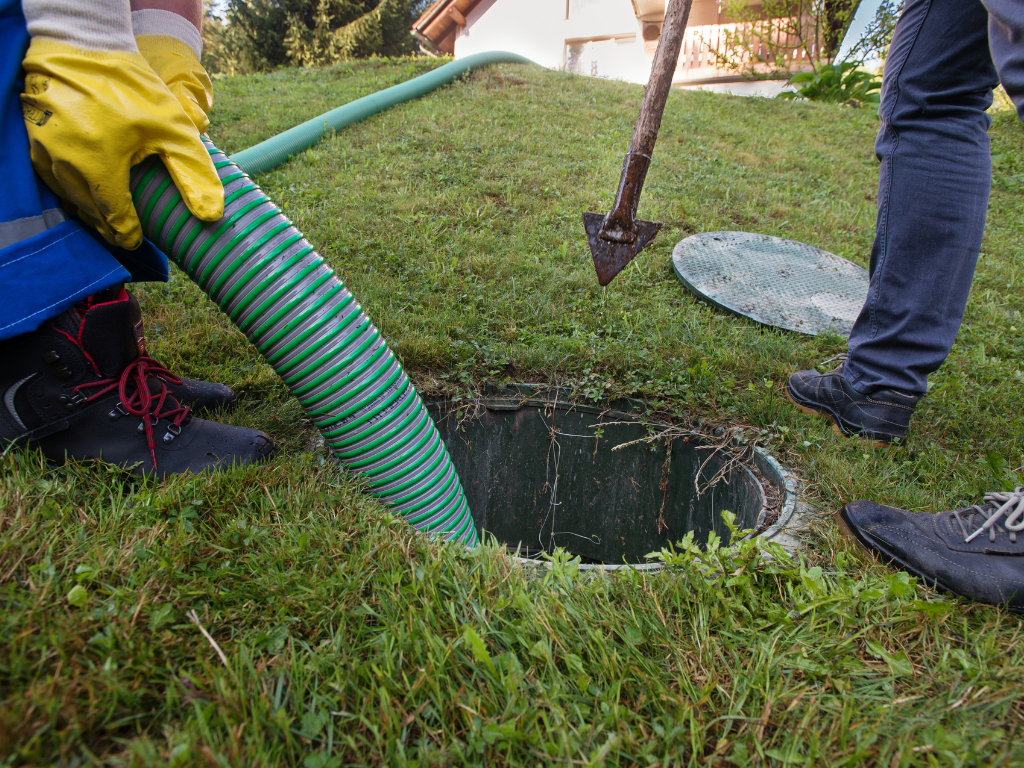
Tekenen dat uw olietank moet worden schoongemaakt
Weten wanneer je olietank moet worden schoongemaakt is cruciaal om de efficiëntie en veiligheid ervan te behouden. Hier zijn enkele tekenen waarop u kunt letten:
Zichtbaar sediment en slib:
Als je slib of bezinksel op de bodem van je tank of in het brandstoffilter ziet, is dat een duidelijke indicatie dat de tank moet worden gereinigd.
Verminderde efficiëntie:
Een hoger brandstofverbruik of een inefficiënte verwarming en brandstoftoevoer kunnen erop wijzen dat verontreinigingen de prestaties van het systeem beïnvloeden. Als je verwarmingssysteem of machines niet meer zo goed presteren als vroeger, kan dat te wijten zijn aan een vervuilde olietank.
Systeemstoringen:
Vaak verstopte filters, ongewone geluiden of systeemstoringen worden vaak veroorzaakt door verontreinigingen in de brandstof. Regelmatige reiniging kan deze problemen voorkomen en de levensduur van uw apparatuur verlengen.
Regelmatig onderhoudsschema:
Zelfs als er geen duidelijke tekenen van vervuiling zijn, is het volgen van een regelmatig onderhoudsschema essentieel. Routinematige inspecties en reiniging op basis van het gebruik van de tank en de omgevingsomstandigheden kunnen problemen voorkomen voordat ze zich voordoen.
Olietank reinigingsmethoden
Er zijn verschillende methoden om olietanks te reinigen, elk met zijn eigen voordelen en toepassingen.
Handmatig reinigen:
Bij deze traditionele methode wordt de tank leeggepompt, worden slib en bezinksel handmatig verwijderd en wordt de binnenkant gereinigd met borstels en lappen. Hoewel het effectief is, is het arbeidsintensief en vereist het de juiste veiligheidsmaatregelen om te beschermen tegen dampen en morsen.
Geautomatiseerde reiniging:
Geautomatiseerde systemen gebruiken gespecialiseerde apparatuur om de tank efficiënter te reinigen. Deze systemen maken vaak gebruik van hogedrukstralen en stofzuigers om verontreinigingen te verwijderen zonder dat daarvoor handmatig werk nodig is. Geautomatiseerde reiniging is sneller en kan grondiger zijn dan handmatige methoden.
Chemisch reinigen:
Chemische reinigingsmiddelen kunnen slib en andere verontreinigingen afbreken, waardoor ze gemakkelijker te verwijderen zijn. Het is cruciaal om chemicaliën te gebruiken die veilig zijn voor het tankmateriaal en het milieu. Een opmerkelijk product is AquaQuick, een krachtige reinigingsoplossing die speciaal is ontworpen voor olietanks. AquaQuick lost slib en bezinksel effectief op, zorgt voor een grondige reiniging en is tegelijkertijd milieuvriendelijk en veilig in gebruik.
Bioremediatie:
Deze methode maakt gebruik van bacteriën om verontreinigingen op natuurlijke wijze af te breken en te neutraliseren. Het is een milieuvriendelijke optie die bijzonder effectief kan zijn voor onderhoud op lange termijn en milieubescherming.
De keuze van de juiste reinigingsmethode hangt af van de toestand van de tank, het soort verontreinigingen dat aanwezig is en veiligheidsoverwegingen. In sommige gevallen kan een combinatie van methoden de beste aanpak zijn om een allesomvattende reiniging te garanderen.
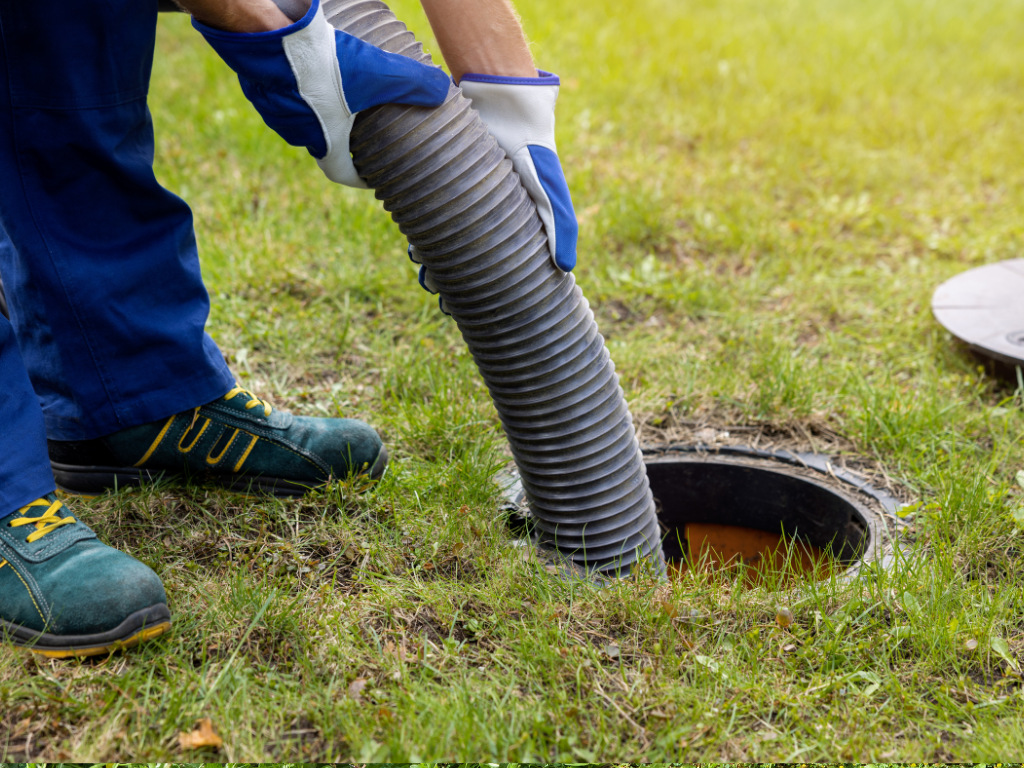
De Olietank reinigen Proces
Het schoonmaken van een olietank bestaat uit verschillende stappen, die allemaal cruciaal zijn voor een grondige en veilige klus. Hier volgt een gedetailleerde blik op het reinigingsproces van olietanks:
Voorbereiding:
Veiligheid is van het grootste belang bij het schoonmaken van een olietank. Draag eerst de juiste beschermende kleding, waaronder handschoenen, een veiligheidsbril en indien nodig een ademhalingstoestel. Zorg ervoor dat het gebied rond de tank goed geventileerd is. Verzamel alle benodigde gereedschappen en apparatuur, zoals pompen, slangen, borstels en reinigingsoplossingen zoals AquaQuick.
Inspectie:
Voer voor het reinigen een grondige inspectie van de tank uit. Kijk naar tekenen van vervuiling, zoals slibophoping of waterophoping. Controleer de tank op structurele schade, roest of lekken. Deze eerste inspectie helpt bij het bepalen van de mate van reiniging die nodig is en identificeert mogelijke problemen die moeten worden aangepakt.
Schoonmaakstappen:
- De tank legen: Begin met het aftappen van de resterende olie uit de tank. Gebruik een pomp om zoveel mogelijk olie te verwijderen. Bewaar de olie in een schone, geschikte container voor hergebruik of afvoer volgens de plaatselijke voorschriften.
- Slib en sediment verwijderen: Nadat de tank is leeggepompt, verwijdert u handmatig al het zichtbare slib en bezinksel. Dit kan worden gedaan met schrapers, borstels en vacuümsystemen die zijn ontworpen voor het reinigen van olietanks.
- Het interieur schoonmaken: Nadat het grootste deel van het slib is verwijderd, reinigt u de binnenkant van de tank met een reinigingsoplossing. AquaQuick is zeer effectief in het afbreken en oplossen van slib, waardoor verontreinigingen gemakkelijker kunnen worden weggespoeld. Breng de oplossing aan en laat deze de aanbevolen tijd inwerken voordat u de binnenkant schrobt en afspoelt.
- De tank drogen en inspecteren: Droog de tank na het reinigen grondig om roest en corrosie te voorkomen. Gebruik ventilatoren of blazers om het droogproces te versnellen. Voer een eindinspectie uit om te controleren of alle verontreinigingen zijn verwijderd en de tank in goede staat is.
Procedures na het reinigen:
Voer alle afvalmaterialen op de juiste manier af, inclusief slib, reinigingsoplossingen en verontreinigd water. Zorg ervoor dat de plaatselijke milieuvoorschriften worden nageleefd. Inspecteer de tank opnieuw om te bevestigen dat hij schoon en vrij van schade is. Verzegel de tank en maak hem klaar voor hervulling of verder gebruik.
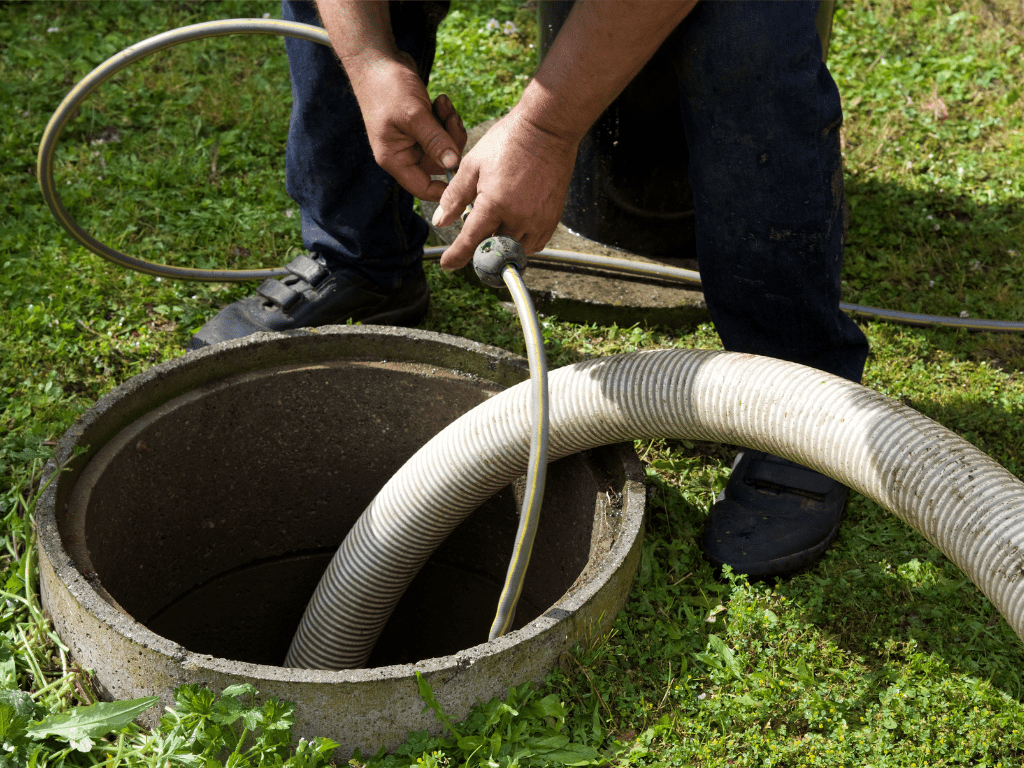
Professioneel vs. doe-het-zelf schoonmaken
De beslissing om een professionele olietankreinigingsdienst in te huren of zelf een olietank te reinigen, hangt af van verschillende factoren, zoals de grootte van de tank, de staat waarin de tank verkeert en uw kennisniveau.
Voordelen van het inhuren van professionals:
Expertise en ervaring:
Professionele schoonmakers hebben de kennis en ervaring om complexe schoonmaaktaken efficiënt en veilig uit te voeren. Ze zijn getraind om potentiële problemen te identificeren en aan te pakken die voor een ongetraind oog misschien niet duidelijk zijn.
Geavanceerde apparatuur:
Professionals gebruiken gespecialiseerde apparatuur waarmee tanks grondiger en sneller kunnen worden gereinigd dan met handmatige methoden. Geautomatiseerde reinigingssystemen en hogedrukstralen zorgen voor een diepe reiniging.
Naleving van voorschriften:
Het inhuren van professionals zorgt ervoor dat het reinigingsproces voldoet aan alle relevante voorschriften, waardoor het risico op juridische problemen en milieuboetes tot een minimum wordt beperkt.
Zelf schoonmaken:
Kostenoverwegingen:
Zelf schoonmaken kan kosteneffectiever zijn, vooral voor kleinere residentiële tanks. Het is echter essentieel om de besparingen af te wegen tegen de potentiële risico's en de benodigde tijdsinvestering.
Veiligheidstips en mogelijke risico's:
Het schoonmaken van een olietank kan gevaarlijk zijn. De juiste veiligheidsmaatregelen, zoals het dragen van beschermende kleding en zorgen voor goede ventilatie, zijn cruciaal. Wees je bewust van de risico's, waaronder blootstelling aan schadelijke dampen en de kans op morsen.
Stap-voor-stap handleiding:
Als je ervoor kiest om je tank zelf schoon te maken, volg dan deze gedetailleerde gids voor effectieve resultaten. Draag eerst de juiste veiligheidsuitrusting en zorg voor goede ventilatie. Laat eerst de tank volledig leeglopen en berg de olie veilig op. Verwijder vervolgens met de hand al het zichtbare slib en bezinksel met behulp van schrapers en borstels. Breng AquaQuick reinigingsoplossing aan op de binnenoppervlakken en laat het de aanbevolen tijd inwerken om verontreinigingen op te lossen. Schrob de tank grondig en spoel na met water. Gebruik ventilatoren of blazers om de tank volledig te drogen. Voer ten slotte een grondige inspectie uit om er zeker van te zijn dat alle verontreinigingen zijn verwijderd en dat de tank in goede staat is voordat u hem verzegelt.
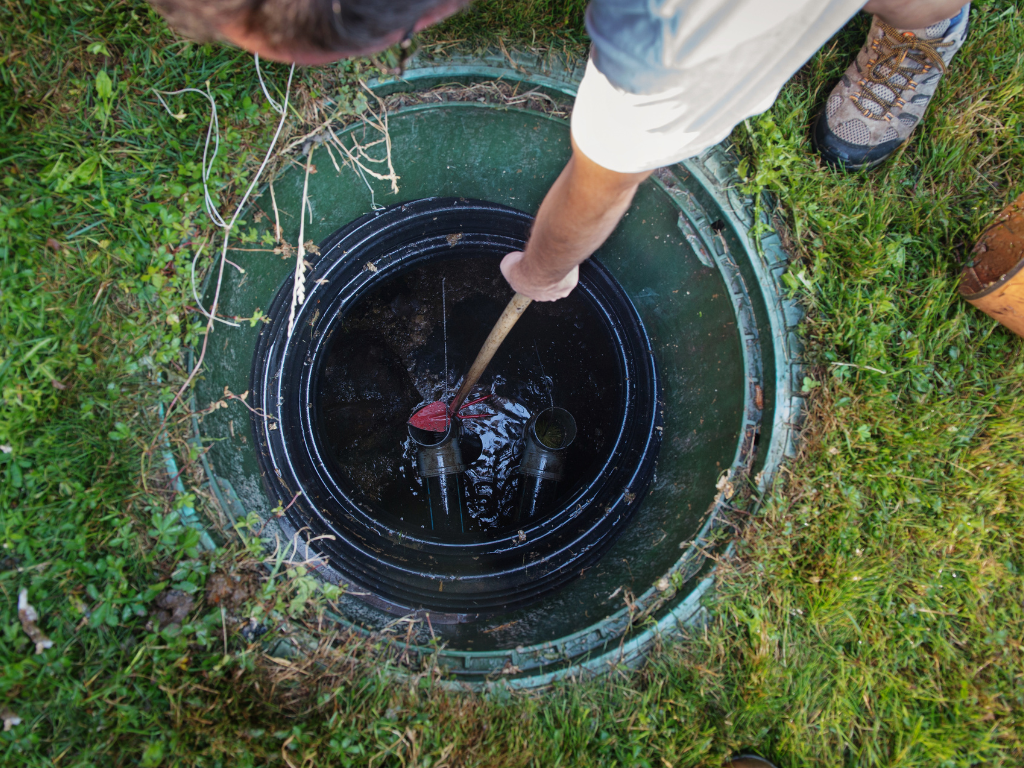
Onderhoudstips voor olietanks
Regelmatig onderhoud is essentieel om problemen te voorkomen en de levensduur van je olietank te verlengen. Hier volgen enkele essentiële onderhoudstips:
Regelmatige inspecties:
Inspecteer je olietank regelmatig op tekenen van vervuiling, roest of lekkage. Regelmatige controles kunnen problemen vroegtijdig opsporen en dure reparaties of vervangingen voorkomen.
Routine reinigingsschema:
Stel een reinigingsschema op op basis van het gebruik van uw tank en de omgevingsomstandigheden. Voor residentiële tanks kan een reiniging om de paar jaar voldoende zijn, terwijl commerciële tanks wellicht vaker aandacht nodig hebben. Seizoensgebonden veranderingen kunnen ook van invloed zijn op de tank, dus overweeg een reiniging vóór de winter om een efficiënte verwarming te garanderen.
Preventieve maatregelen:
Gebruik additieven om slibvorming te voorkomen en de olie schoon te houden. Bescherm je tank tegen weersinvloeden door een deksel of afdak te installeren. Door ervoor te zorgen dat de tank verhoogd is, kan ook waterophoping worden voorkomen en het risico op corrosie worden verminderd.
Bijhouden van gegevens:
Gedetailleerde gegevens bijhouden van alle inspecties, reinigingen en onderhoudswerkzaamheden. Houd het brandstofverbruik en de brandstofefficiëntie bij om plotselinge veranderingen op te sporen die op een probleem kunnen duiden. Het bijhouden van een onderhoudslogboek helpt bij het plannen van toekomstige reinigingen en zorgt ervoor dat u voldoet aan de wettelijke vereisten.
Milieu- en regelgevingsaspecten
Bij het onderhouden en reinigen van olietanks gaat het niet alleen om efficiëntie en veiligheid, maar ook om het beschermen van het milieu en het naleven van de voorschriften.
Regelgeving en naleving:
Verschillende regio's hebben specifieke voorschriften voor het onderhoud en de reiniging van olietanks. Zorg dat je op de hoogte bent van de lokale, staats- en federale voorschriften. Niet-naleving kan leiden tot hoge boetes en juridische problemen. Door professionals in te huren, kunt u ervoor zorgen dat aan alle wettelijke vereisten wordt voldaan.
Beste praktijken op milieugebied:
Het implementeren van milieuvriendelijke reinigingsmethoden en strategieën ter voorkoming van morsen is van cruciaal belang. Het gebruik van producten zoals AquaQuick, die ontworpen zijn om veilig te zijn voor het milieu, helpt de ecologische impact te minimaliseren. Regelmatig onderhoud en tijdige reiniging verminderen het risico op morsen en lekken en beschermen de bodem en het grondwater.
Duurzame oplossingen met AquaQuick:
AquaQuick is niet alleen effectief in het reinigen van olietanks, maar ook milieuvriendelijk. De biologisch afbreekbare formule zorgt ervoor dat het reinigingsproces niet schadelijk is voor het milieu. Door te kiezen voor duurzame oplossingen zoals AquaQuick draagt u bij aan een schoner en veiliger milieu.
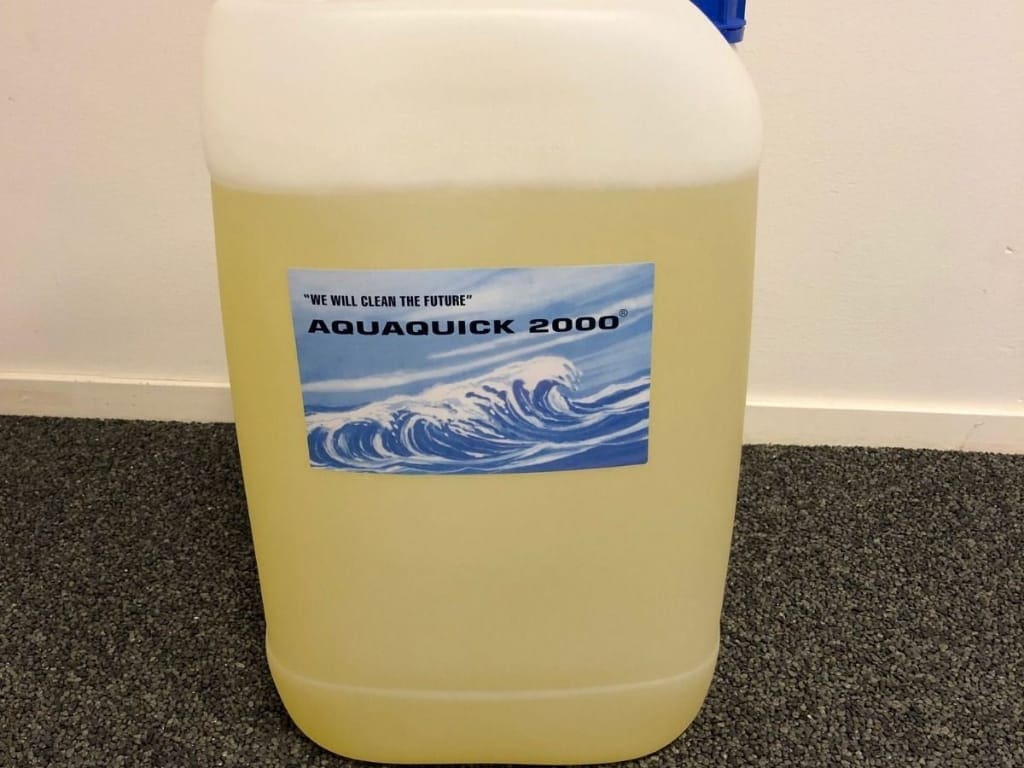
Duurzame brandstofopslag:
Overweeg innovaties in tankontwerp die de veiligheid en efficiëntie verbeteren. Moderne tanks met geavanceerde functies kunnen de kans op lekken verkleinen en het onderhoud vereenvoudigen. Daarnaast kan het onderzoeken van hernieuwbare energiealternatieven bijdragen aan duurzaamheid op de lange termijn en de afhankelijkheid van traditionele olietanks verminderen.
Conclusie
Het regelmatig reinigen van olietanks is essentieel voor het behoud van efficiëntie, veiligheid en milieubescherming. Als u het belang van reiniging begrijpt, de signalen herkent die aangeven wanneer reiniging nodig is en de juiste reinigingsmethode kiest, blijft uw olietank in optimale conditie. Of u nu besluit om professionals in te huren of zelf te gaan schoonmaken, het gebruik van effectieve producten zoals AquaQuick kan het proces eenvoudiger en milieuvriendelijker maken. Houd een regelmatig onderhoudsschema aan, volg de beste praktijken en blijf op de hoogte van de regelgeving om ervoor te zorgen dat uw olietank u nog jaren goed van dienst blijft.

